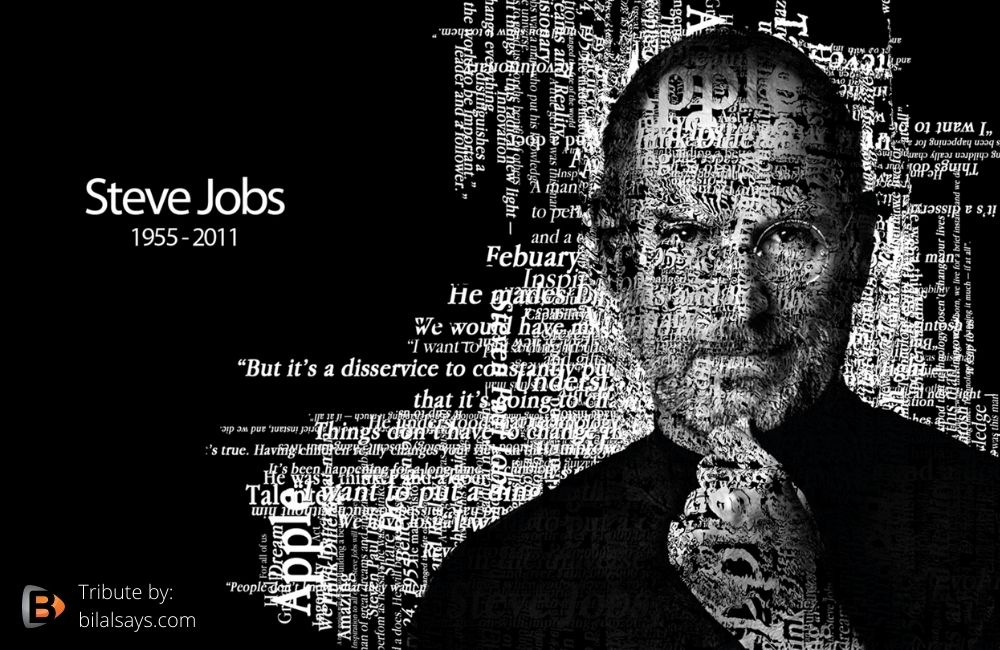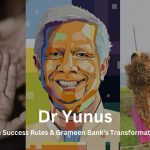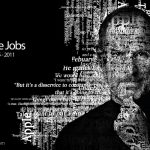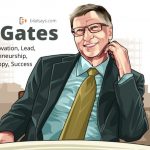Apple’s remarkable journey from a struggling startup to becoming the first company to exceed a $1 trillion market capitalization is a testament to transformative HR strategies and innovative leadership. Inspired by Steve Jobs’ forward-thinking vision, Apple has redefined employee retention and talent development in ways that continue to influence HR leaders today. In an era where long-term employee retention strategies for competitive markets are essential, Apple’s model serves as a benchmark for integrating innovative HR leadership techniques into every facet of an organization.
Commitment to Quality
At the heart of Apple’s success is a commitment to quality—not just in products, but in human resource practices. By investing in comprehensive employee skill development and fostering soft skills through continuous learning, companies can build a workforce that is both technically proficient and highly adaptable. This quality-first approach not only enhances individual performance but also creates a collaborative and problem-solving environment where creativity thrives.
Catering Top Talent
Equally important is Apple’s strategy of recruiting and retaining top talent. The company’s approach centers on seeking exceptional individuals and then cultivating an atmosphere of genuine appreciation and open communication. When employees feel valued through regular recognition and support, they are more likely to remain engaged and motivated. This natural blend of employee recognition and innovative HR leadership techniques ensures that the best talent is not only attracted but also retained for the long haul.
Emphasis on Company’s Mission and Core Values.
Another cornerstone of Apple’s HR philosophy is its unwavering focus on the company’s mission and core values. By maintaining a clear vision and aligning every employee with that purpose, Apple has fostered a strong sense of unity and commitment that transcends everyday challenges. This mission-driven approach inspires employees to contribute meaningfully, making them an integral part of a legacy defined by excellence and innovation.
Futuristic Work Environment
Moreover, Apple’s work environment goes beyond mere aesthetics or state-of-the-art technology—it embodies a futuristic work environment design for modern businesses. By integrating digital transformation and flexible work policies, the company has created a challenging yet supportive atmosphere where creativity is encouraged and breakthroughs are the norm. This forward-thinking strategy not only fuels innovation but also adapts to the evolving expectations of today’s workforce.
Distributed Leadership
Finally, a significant aspect of Apple’s strategy is its adoption of distributed leadership. By empowering employees at all levels to take initiative, Apple creates an agile and responsive organizational culture. Distributed leadership nurtures a sense of ownership and accountability among team members, paving the way for effective succession planning and sustained business growth. This approach underscores the idea that great leaders are made at every tier of the organization, rather than being confined to a traditional top-down structure.
Frequently Asked Questions (FAQ)
Q1: What HR practices have contributed to Apple’s success?
Apple’s success is built on investing in employee skill development, fostering a culture of open communication and appreciation, maintaining a clear mission, designing futuristic work environments, and empowering distributed leadership.
Q2: How do innovative HR leadership techniques benefit employee retention?
By combining continuous learning, recognition, and a supportive work culture, innovative HR leadership techniques create an environment where employees feel valued, motivated, and committed to the company’s long-term goals.
Q3: What defines a futuristic work environment in modern businesses?
A futuristic work environment is characterized by digital transformation, flexible work policies, creative workspace design, and an atmosphere that challenges and inspires employees to achieve their best.
Q4: What is distributed leadership and why is it important?
Distributed leadership involves empowering individuals at all levels to make decisions and contribute to organizational success. This approach promotes agility, improves decision-making, and prepares the organization for future leadership transitions.
By embracing these proven HR strategies inspired by Apple and Steve Jobs, organizations can cultivate a culture of excellence that not only attracts top talent but also drives sustainable growth in today’s dynamic business landscape.
Recommended Reads
Bill Gates’ Game-Changing Wealth Accumulating Life Lessons & 12 Trending Success Moves
Elon Musk’s Top 10 Rules for Sustainable Success in a Rapidly Changing AI Driven Tech World







